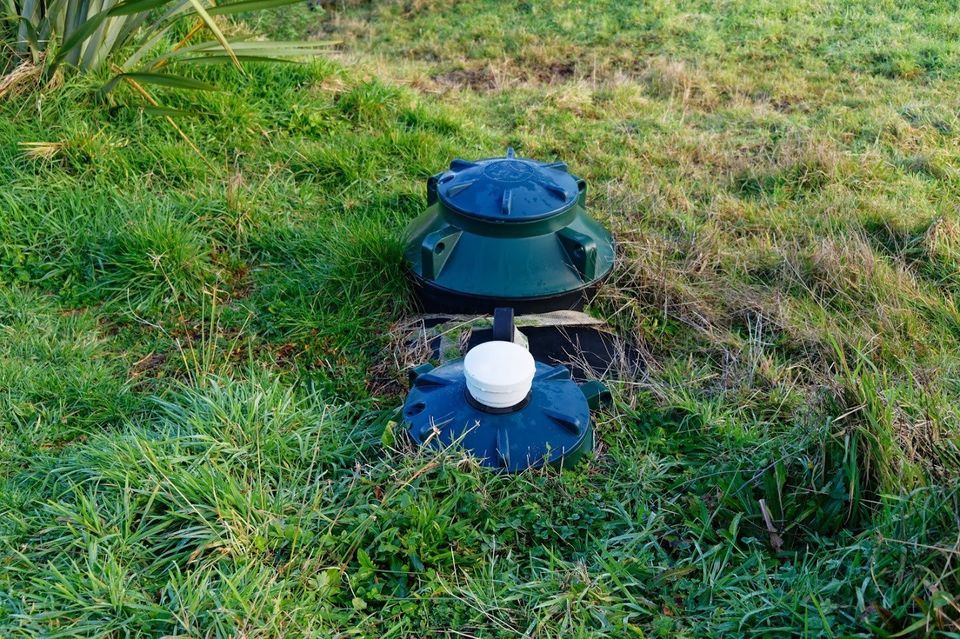An Overview of Common Septic System Problems
A failed septic system interferes with the waste disposal system in your house. Some of the failures can also be a danger to your health. Recognize such failures and deal with them promptly. Below are examples of such septic problems.
Clogged Pipes
A typical septic system has multiple pipes to channel wastes into different parts of the system. Depending on your system, the pipes may include:
- The main inlet pipe that channels all the wastes from the house to the septic tank
- The main outlet pipe that channels effluent out of the tank
- Supply lines that carry wastes out of the distribution box
Any of these pipes can clog and interfere with efficient waste disposal. Typical causes of clogging include:
- Tree roots that intrude into pipes
- Nonorganic wastes, such as plastic materials, which don't break down easily
- Organic wastes, such as cooking oil, hair, and paper, which don't break down easily
Septic clogging can cause various problems. For example, it can lead to blocked drains or waste backup. Such complications may prevent you from using your septic system until you clear the blockage.
Drain Field Failure
The septic drain field is responsible for the safe disposal of treated wastewater. The septic drain field receives pretreated wastewater from the septic tank. The drain field, which should have porous materials (such as soil and rocks), then discharges the wastewater into the ground. The treated water eventually passes into the groundwater.
Your septic system will fail if the drain field is not operating as usual. A septic drain field might fail if:
- Floodwaters saturate the drain field and prevent further waste absorption
- You fail to pump the septic tank regularly, and solid effluent clogs the drain field
- Human activities, such as construction, compact the materials in the septic drain field and slow down waste absorption
- Chemicals, such as drain cleaning chemicals, kill the septic biomass and interfere with waste treatment
- The drain field has reached the end of its useful life
Drain field failure is more than an inconvenience. Septic wastes from your house will contaminate the environment once the drain field has failed.
Distribution Box Failure
The distribution box is another critical part of your septic system. The distribution box, which sits between the tank and the drain field, receives wastewater from the tank and evenly distributes it through the drain field lines. The even distribution ensures wastewater doesn't overwhelm the drain field.
A septic distribution box can fail if:
- The filter, which blocks solid wastes from entering the distribution box, suffers damage or clogging
- The distribution box compartment cracks and spews wastes into the surrounding environment
- The box suffers clogged inlets or outlets
Any of these failures interferes with an even distribution of waste in the drain field. Depending on the problem, the drain field won't receive the wastes or receive too much waste.
Tank Damage or Failure
Lastly, the septic tank can also suffer damage. Septic tank damage means untreated waste can leak or spill over into the surrounding environment. For example, a septic tank can suffer damage if water saturates the area around the tank and pushes it out of the ground. A septic tank is likely to float out of the ground if you pump it while the ground is flooded.
Other damages depend on the tank's material. For example, a concrete tank can crack and leak waste. A metal tank can corrode, develop holes, and leak.
In many cases, you don't have to replace your septic system because it has failed. Depending on the nature of the problem, a professional septic company may be able to fix your septic system. ContactSouthern Sanitary Systems Inc. if your septic system has developed problems. We will diagnose the issue and offer you a solution at a reasonable cost.







